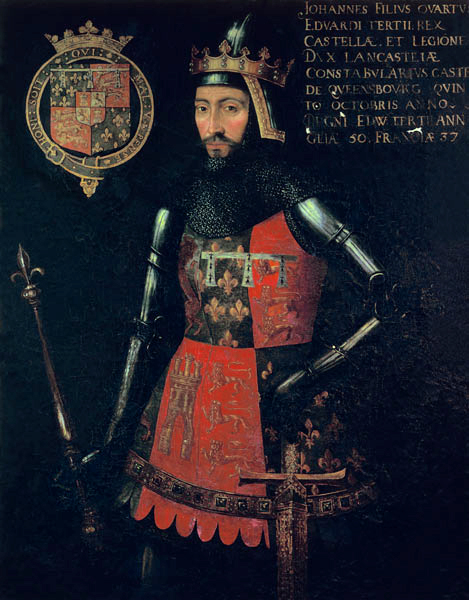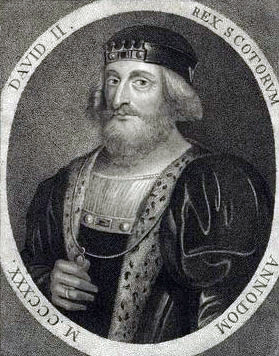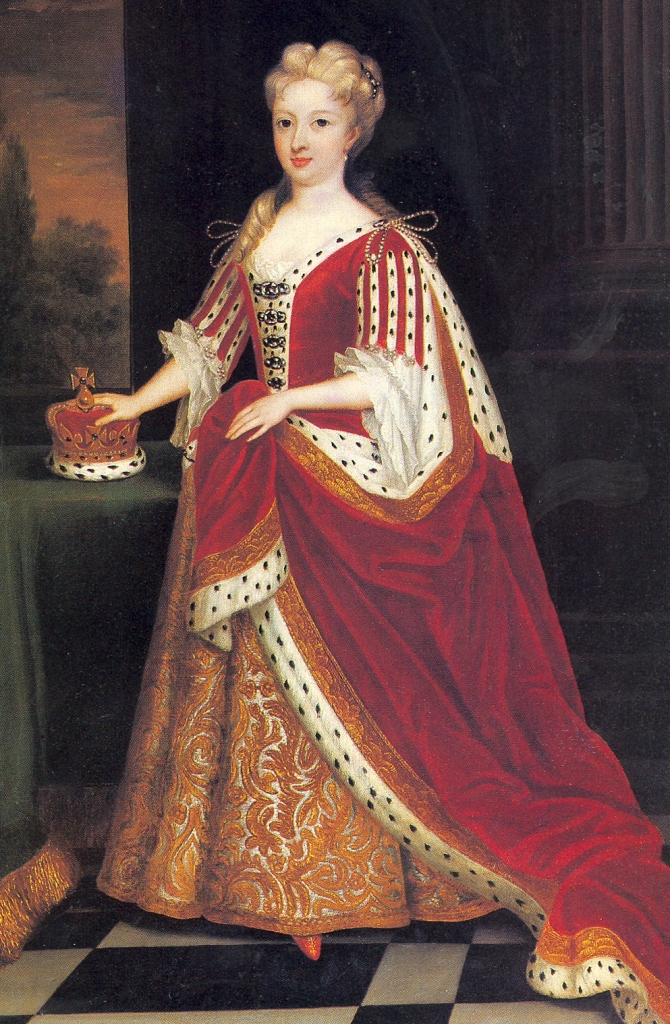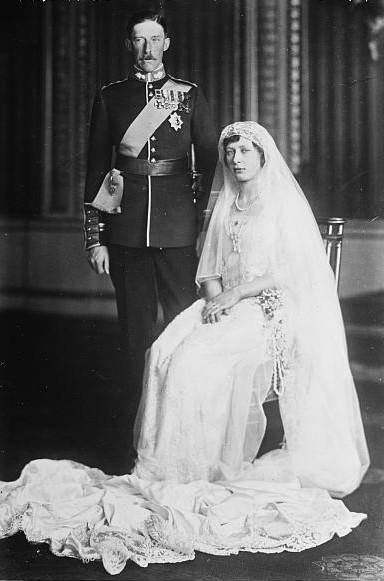© Unofficial Royalty 2025
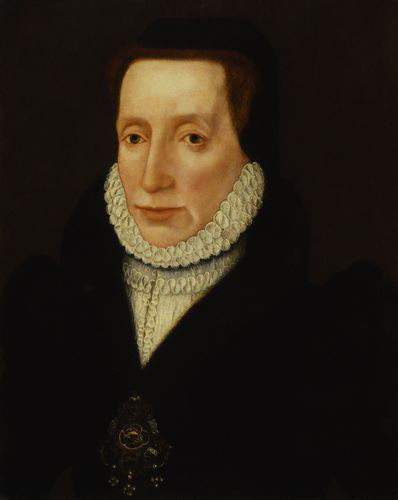
Margaret Douglas, Countess of Lennox; Credit – Wikipedia
March 7, 1226 – Death of William Longespée, 3rd Earl of Salisbury, illegitimate son of King Henry II of England and his mistress Ida de Tosny, at his home, Salisbury Castle in Salisbury, Wiltshire, England; buried at Salisbury Cathedral in Salisbury, Wiltshire, England
In 1196, William married a great heiress, Ela of Salisbury, 3rd Countess of Salisbury. Earlier in 1196, Ela’s father died and she succeeded him as 3rd Countess of Salisbury in her own right. After the marriage, William became the 3rd Earl of Salisbury by Jure uxoris, by right of his wife. William participated in military campaigns of his half-brothers King Richard I of England and King John of England. During King John’s troubles with the English nobles, William was one of the few nobles who was loyal to John. In 1225, returning to England from Gascony (now in France), William was shipwrecked off the coast of Brittany (now in France). He spent several months in a monastery on the French island of Île de Ré. Shortly after returning to England, William Longespée, 3rd Earl of Salisbury, aged about fifty.
Unofficial Royalty: William Longespée, 3rd Earl of Salisbury, Illegitimate Son of King Henry II of England
March 7, 1578 – Death of Lady Margaret Douglas, Countess of Lennox, daughter of Margaret Tudor and mother of Henry Stuart, Lord Darnley, in Hackney, London, England; buried in the Henry VII Chapel at Westminster Abbey in London, England
Lady Margaret Douglas was the only child of Margaret Tudor, Dowager Queen of Scots and the second of her third husbands, Scottish noble Archibald Douglas, 6th Earl of Angus. She was third in the line of succession to the English throne at the time of her birth. Her elder son was Henry Stuart, Lord Darnley who married his first cousin Mary, Queen of Scots, the daughter and successor of Lady Margaret’s half-brother James V, King of Scots. Darnley and Mary’s son James VI, King of Scots succeeded as King James I of England upon the death of Queen Elizabeth I of England. Margaret and her family suffered the dangerous misfortune of being a threat to the English throne. All British monarchs from King James I onward, and many European royals are the descendants of Lady Margaret Douglas.
Unofficial Royalty: Lady Margaret Douglas, Countess of Lennox
March 7, 1802 – Death of Marie Clotilde of France, Queen of Sardinia in Naples, Kingdom of the Two Sicilies, now in Italy; buried at the Church of Santa Caterina a Chiaia in Naples
Marie Clotilde was the daughter of Louis, Dauphin of France who predeceased his father Louis XV, King of France. Three of Marie Clotilde’s brothers were Kings of France: the ill-fated Louis XVI, and two kings of the Bourbon Restoration: Louis XVIII and Charles X. For political reasons, her brother Louis XVI arranged for her to marry the future Carlo Emanuele IV, King of Sardinia. Their marriage was childless. Marie Clotilde died from typhoid fever on March 7, 1802, aged 42. Pope Pius VII, who had personally known Marie Clotilde, declared her The Venerable Marie Clotilde of France in 1808. In the Catholic Church, after a deceased Catholic has been declared a Servant of God by a bishop and proposed for beatification by the Pope, they may next be declared Venerable (“heroic in virtue”) during the investigation and process leading to possible canonization as a saint.
Unofficial Royalty: Marie Clotilde of France, Queen of Sardinia
March 7, 1842 – Death of Paul Friedrich, Grand Duke of Mecklenburg-Schwerin in Schwerin, Grand Duchy of Mecklenburg-Schwerin, now in Mecklenburg-Vorpommern, Germany; buried in Schwerin Cathedral
In 1822, Paul Friedrich married Alexandrine of Prussia, the daughter of King Friedrich Wilhelm III of Prussia and the couple had six children. Paul Friedrich became Grand Duke upon his grandfather’s death on February 1, 1837. He moved the official Grand Ducal residence from Ludwigslust to Schwerin and worked to improve the Grand Duchy’s judicial system and the infrastructure. Using his experience with the Prussian military, the Grand Duke modernized the Mecklenburg-Schwerin military, basing many of his reforms on the Prussian forces. As his reign continued, he became more reclusive, often shunning his family and spending time quietly with his mistress. Paul Friedrich died on March 7, 1842, aged 41. Several weeks earlier, he had contracted a cold while helping to battle a great fire in Schwerin and never recovered.
Unofficial Royalty: Paul Friedrich, Grand Duke of Mecklenburg-Schwerin
March 7, 1930 – Birth of Antony Armstrong-Jones, 1st Earl of Snowdon, husband of Princess Margaret of the United Kingdom (divorced 1978), in London, England
Full name: Antony Charles Robert
Antony Armstrong-Jones, 1st Earl of Snowdon was a gifted artist and photographer. In 1960, he married Princess Margaret, King George VI’s younger daughter and Queen Elizabeth II’s sister. The couple had two children. The marriage, while happy at the beginning, quickly turned sour. Both were rumored to have had affairs, and often battled publicly. After the couple’s divorce in 1978, Lord Snowdon remained close to the British Royal Family. Lord Snowdon married Lucy Mary Lindsay-Hogg (née Davies) and they had one daughter. This marriage would also end in divorce after it was revealed that Snowdon had fathered a son with another woman. At Princess Margaret’s funeral in 2002, he was among the leading mourners, alongside the couple’s two children, Queen Elizabeth II, and Queen Elizabeth, The Queen Mother. When Lord Snowdow died at the age of 86, his son David succeeded him as 2nd Earl of Snowdon. His former sister-in-law Queen Elizabeth II and her husband the Duke of Edinburgh, their sons Prince Andrew and Prince Edward, and their grandson Prince William attended the memorial service for Antony Armstrong-Jones, 1st Earl of Snowdon on April 7, 2017, at the Church of St Margaret in Westminster, London, England on the grounds of Westminster Abbey.
Unofficial Royalty: Antony Armstrong-Jones, 1st Earl of Snowdon
March 7, 1965 – Death of Queen Louise of Sweden, second wife of King Gustaf VI Adolf of Sweden, born Princess Louise of Battenberg, from 1917 Lady Louise Mountbatten, at Saint Göran Hospital in Stockholm, Sweden; buried at the Royal Burial Ground in Haga, Sweden
Louise was the daughter of Prince Louis of Battenberg and Princess Victoria of Hesse and by Rhine, the granddaughter of Princess Alice of the United Kingdom, the great-granddaughter of Queen Victoria of the United Kingdom, and the maternal aunt of Prince Philip, Duke of Edinburgh. In 1923, Crown Prince Gustaf Adolf of Sweden visited London and met Louise at a party. Gustaf Adolf had been a widower for three years following the death of his wife Margaret of Connaught, who was Louise’s first cousin once removed. They were married on November 3, 1923, in the Chapel Royal at St. James’s Palace in London. The marriage was a happy one, but unfortunately, they had a stillborn daughter in 1925 and no more children after that. In 1950, when his father died, Louise’s husband became King Gustaf VI Adolf of Sweden and she became queen. During the 1950s, Louise’s health began to suffer and she developed cardiac issues. Soon after she attended the Nobel Prize banquet in December 1964, her last public appearance, her health deteriorated. On March 4, 1965, Louise had a six-hour surgery to correct a severe circulatory disorder in the right leg as a result of changes in her aorta. Although the surgery went well, complications developed and the 75-year-old Louise died three days later.
Unofficial Royalty: Queen Louise of Sweden (Lady Louise Mountbatten)
This article is the intellectual property of Unofficial Royalty and is NOT TO BE COPIED, EDITED, OR POSTED IN ANY FORM ON ANOTHER WEBSITE under any circumstances. It is permissible to use a link that directs to Unofficial Royalty.

